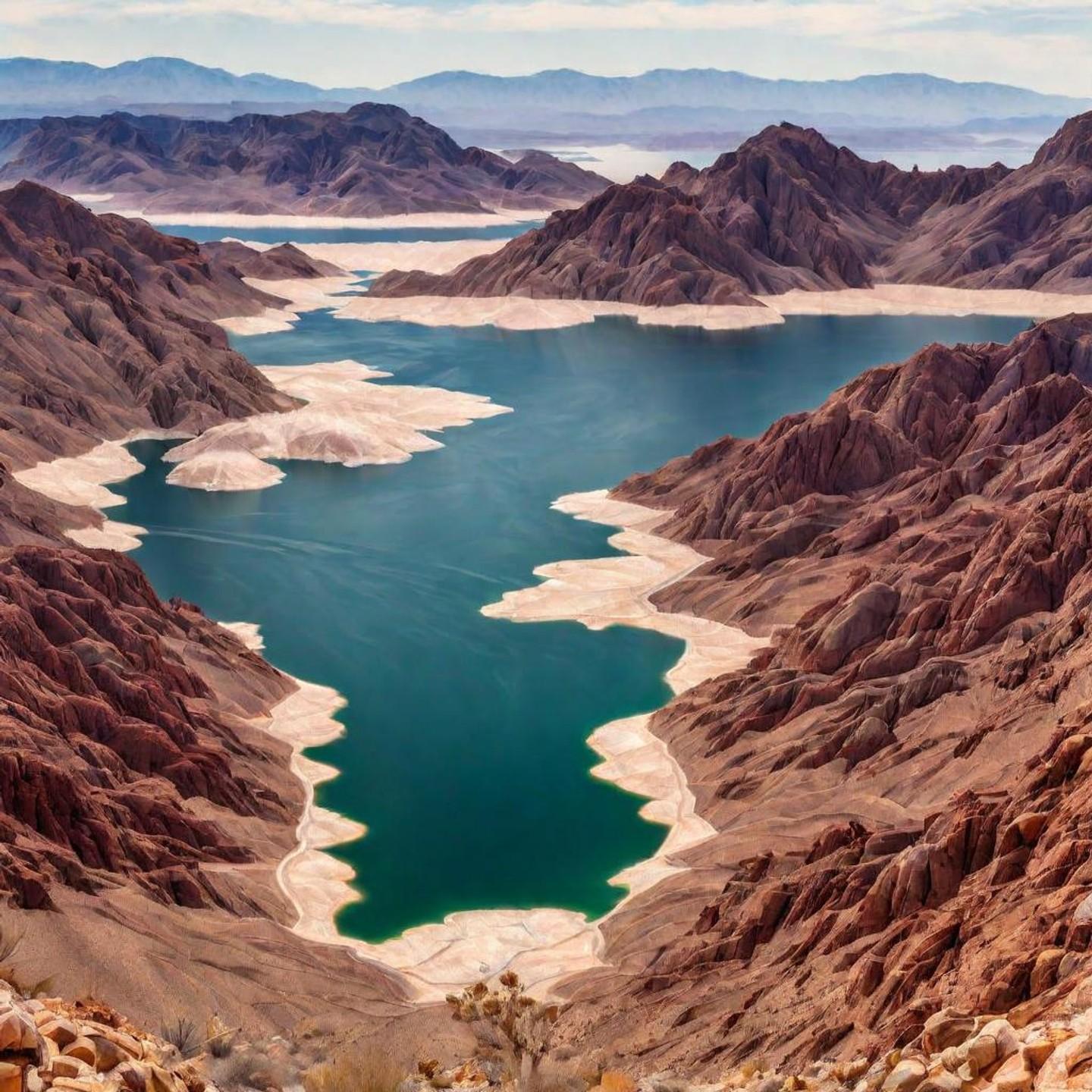Introduction:
This section will introduce readers to Lake Mead, providing a brief overview of its importance as one of the largest reservoirs in the United States. It will also mention recent concerns about the declining water levels in Lake Mead, setting the stage for the rest of the article.
Reason 1: Climate Change:
Here, we'll delve into the impact of climate change on Lake Mead's water levels. This will include an explanation of how climate change affects precipitation patterns in the region, leading to decreased snowpack and rainfall. Data and statistics may be included to illustrate these changes.
Reason 2: Drought:
This section will focus on the prolonged drought conditions affecting the Colorado River Basin, where Lake Mead is located. We'll provide historical context on past droughts in the region and discuss their impact on water levels in the reservoir.
Reason 3: Overallocation of Water:
We'll explore how water from Lake Mead is allocated to various states and sectors, such as agriculture, industry, and urban areas. The discussion will highlight the strain on resources caused by overallocation, leading to heightened concerns about water scarcity.
Reason 4: Increased Water Demand:
This section will examine the growing demand for water in the region due to population growth, urbanization, and agricultural needs. We'll provide examples of industries and communities that are placing stress on Lake Mead's water supply, contributing to its declining levels.
Reason 5: Infrastructure Challenges:
Here, we'll discuss the challenges posed by aging infrastructure associated with Lake Mead's water management systems. This may include addressing issues such as leaks, evaporation, and inefficiencies in water delivery systems, which contribute to water loss from the reservoir.
Conclusion:
In the conclusion, we'll summarize the five shocking reasons behind Lake Mead's plummeting water levels. We'll emphasize the importance of conservation efforts and sustainable water management practices to address the issue. Additionally, we'll encourage readers to stay informed and spread awareness about the challenges facing Lake Mead and other water sources.
Leave a comment
Your email address will not be published. Required fields are marked *



